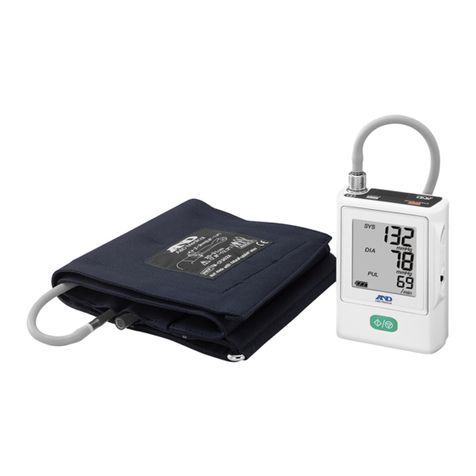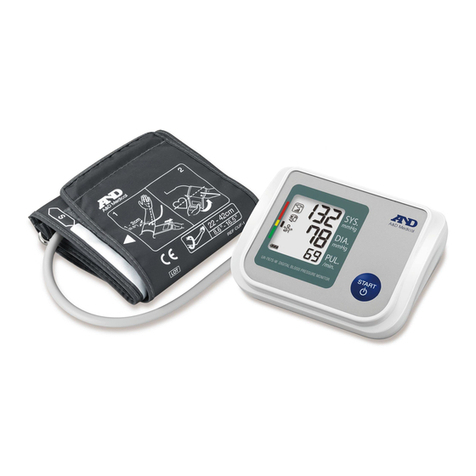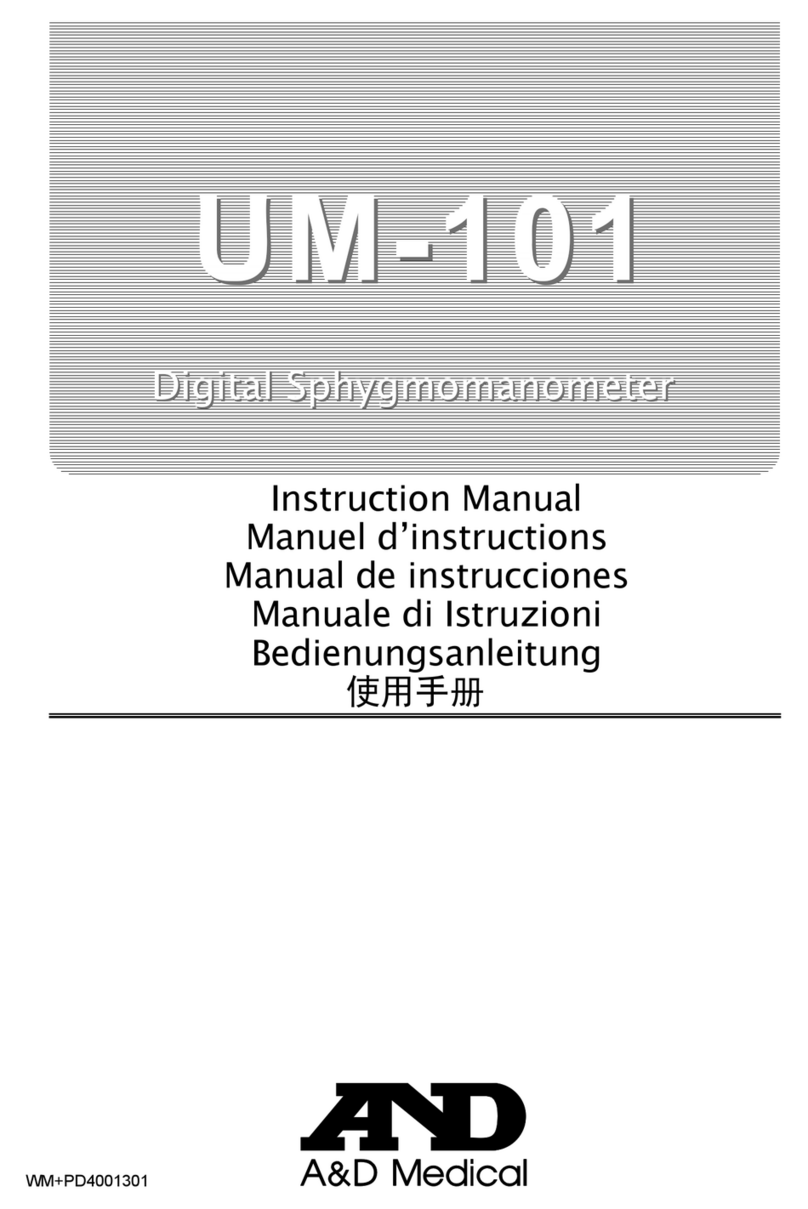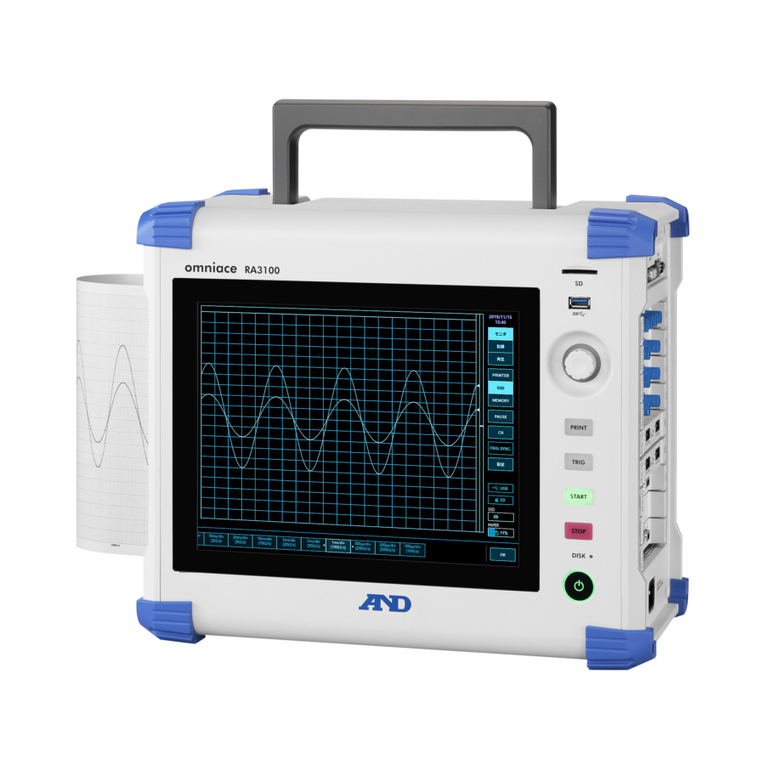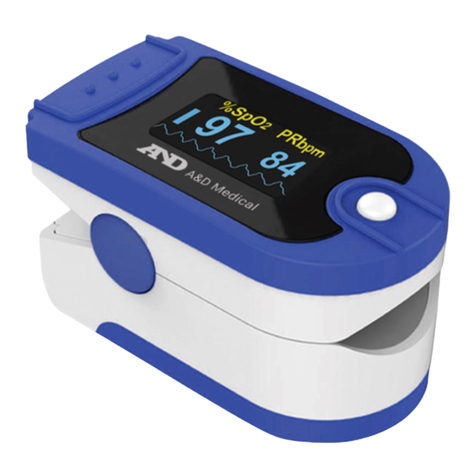
9
parts will pose risks on the parameters and technical parameters of the equipment
known to the manufacturer.
%If necessary, our company can provide some information (such as circuit diagrams,
component lists, illustrations, etc.), so that the qualied technical personnel of the
user can repair the device components designated by our company.
%The measured results will be inuenced by the external colouring agent (such as nail
polish, colouring agent or color skin care products, etc.), so don’t use them on the
test site.
%As to the ngers which are too cold or too thin or whose ngernail is too long, it may
aect the measured results, so please insert the thicker nger such as thumb or mid-
dle nger deeply enough into the probe when measuring.
%The nger should be placed correctly (see Attached gure 5), as improper installation
or improper contact position for sensor will inuence the measurement.
%The light between the photoelectric receiving tube and the light-emitting tube of the
device must pass through the subject’s arteriole. Make sure the optical path is free
from any optical obstacles like rubberized fabric, to avoid inaccurate results.
%Excessive ambient light may aect the measured results, such as surgical light (espe-
cially xenon light sources), bilirubin lamp, uorescent lamp, infrared heater and direct
sunlight, etc. In order to prevent interference from ambient light, make sure to place
the sensor properly and cover the sensor with opaque material.
%Frequent movement (active or passive) of the subject or severe activity can aect the
measured accuracy.
%The Pulse Oximeter should not be placed on a limb with the blood pressure cu, arte-






